Study on the impact of fires in high-rise buildings
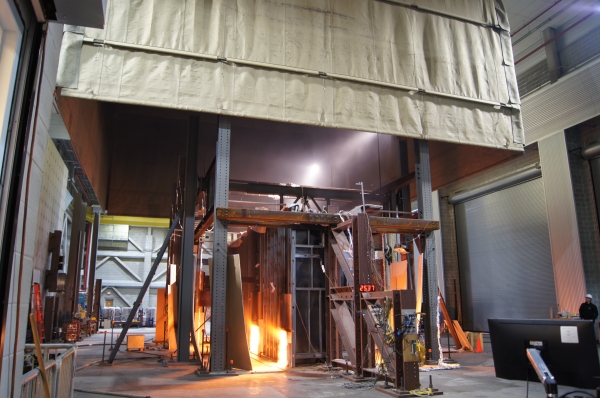
Researchers from the U.S. National Institute of Standards and Technology (NIST), conducted a thorough experimental study on the impact of fire in high-rise office buildings.
Building codes in the U.S. require to install fire-resistant materials in the framework of a structure that can decelerate the spread of a fire and prevent extensive structural damage. Those materials are usually sprayed on beams and columns and may protect the buildings from collapsing for hours. Nevertheless, active measures to put out a fire (e.g. sprinklers) are not required by the regulations.
The current codes are effective in ensuring people's health and protecting buildings from total failure in the vast majority of cases. Nevertheless, there are certain cases in which the installed systems along with the fire department assistance have not proved to be adequate. Researchers from NIST assembled concrete floors supported by steel beams, a structural pattern that is frequently found in high-rise office buildings, and set them on fire. The span of the concrete slabs was 12.8 meters in length, typical for such buildings. Moreover, the floors were connected to the steel beams either by shear tab or double angle connections. In addition, to simulate the weight of people and objects on the floor, they incorporated a force produced by a hydraulic system. Finally, the typical fire-resistance equipment suggested by the current regulations was added to the structural parts.
Scientists found out that those buildings are not totally safe. In particular, the problem arises when structural parts experience temperature rise and dilate. Steel beams that are connected to support columns are elongated resulting in a connection failure that causes the structural collapse.
The results of the tests showed that no floor was able to completely withstand the extreme heat, however, some performed better than others. The shear tab connections fractured and collapsed within the first hour of testing but, the double angle connections remained undamaged. However, after the fire was put off and the steel beams cooled, they also failed due to contraction.
Detailed findings of the study were published in the Journal of Structural Engineering.
A solution that researchers suggest is to take into consideration those forces applied by a fire incident in the design of a building. However, they point out that the current knowledge on the actual forces is inadequate and more experimental data needs to be derived. “The main purpose of this experiment is to develop data from realistic structure and fire conditions that can be used for developing or validating computational programs. Then the programs can be expanded to different building configurations and used for design,” Lisa Choe, lead author of the study and a NIST structural engineer, stated.
Sources: NIST.gov
Source: NIST.gov
Want to read more like this story?

High tower in South Korea engulfed in fire
Oct, 19, 2020 | NewsA 33-story building was engulfed in fire but, fortunately, it was put under control without any fata...
Building collapses in north Delhi due to fire
Mar, 02, 2023 | NewsA big fire started on Wednesday inside a three-story private building on Roshanara Road in North De...
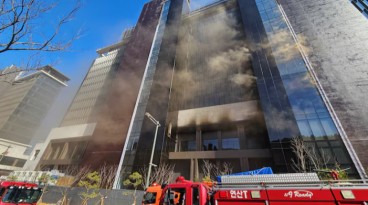
Construction Site Inferno: Fire Hazards in Large-Scale Projects Exposed
Feb, 14, 2025 | NewsA devastating fire at a luxury hotel construction site in Busan, South Korea, has raised critical c...

Construction crane’s boom collapses on building in New York City
Jul, 26, 2023 | NewsA construction crane’s boom collapsed on a nearby building after it caught on fire on Wednesday, Ju...
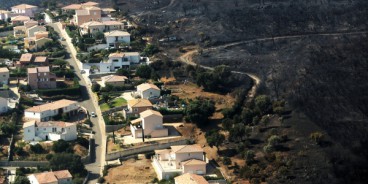
Current fire blanket technology can protect infrastructure from wildfires
Oct, 22, 2019 | NewsAccording to a new study, the existing fire blankets are potentially capable of protecting buildings...

Deadly fire engulfs high-rise buildings in Valencia
Feb, 22, 2024 | NewsA fire broke out in a 14-story residential building at the Spanish city of Valencia, at around 5:30...

Tehran’s Pasco building collapses after fire
Jan, 19, 2017 | NewsPlasco commercial building, an iconic high-rise structure in central Tehran, collapsed following a f...
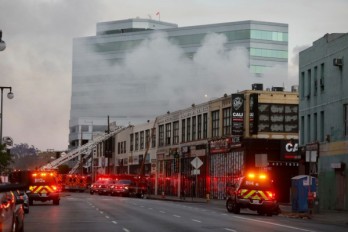
Building explosion in Los Angeles: 12 firefighters injured
May, 26, 2020 | NewsAt least 12 firefighters were injured and many buildings were damaged after an explosion occurred in...
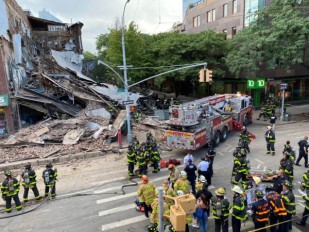
3-story building collapses in Brooklyn, New York
Jul, 07, 2020 | NewsA 3-story building that used to house a gym facility suddenly gave way in Brooklyn. The incident...
Trending

Vertical gardens in Mexico City to combat pollution
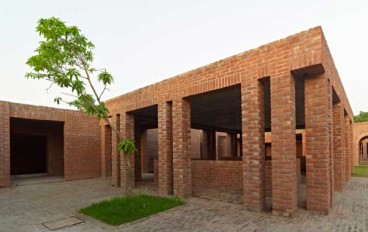
Characteristics of Load Bearing Masonry Construction

Taipei 101’s impressive tuned mass damper

Dutch greenhouses have revolutionized modern farming
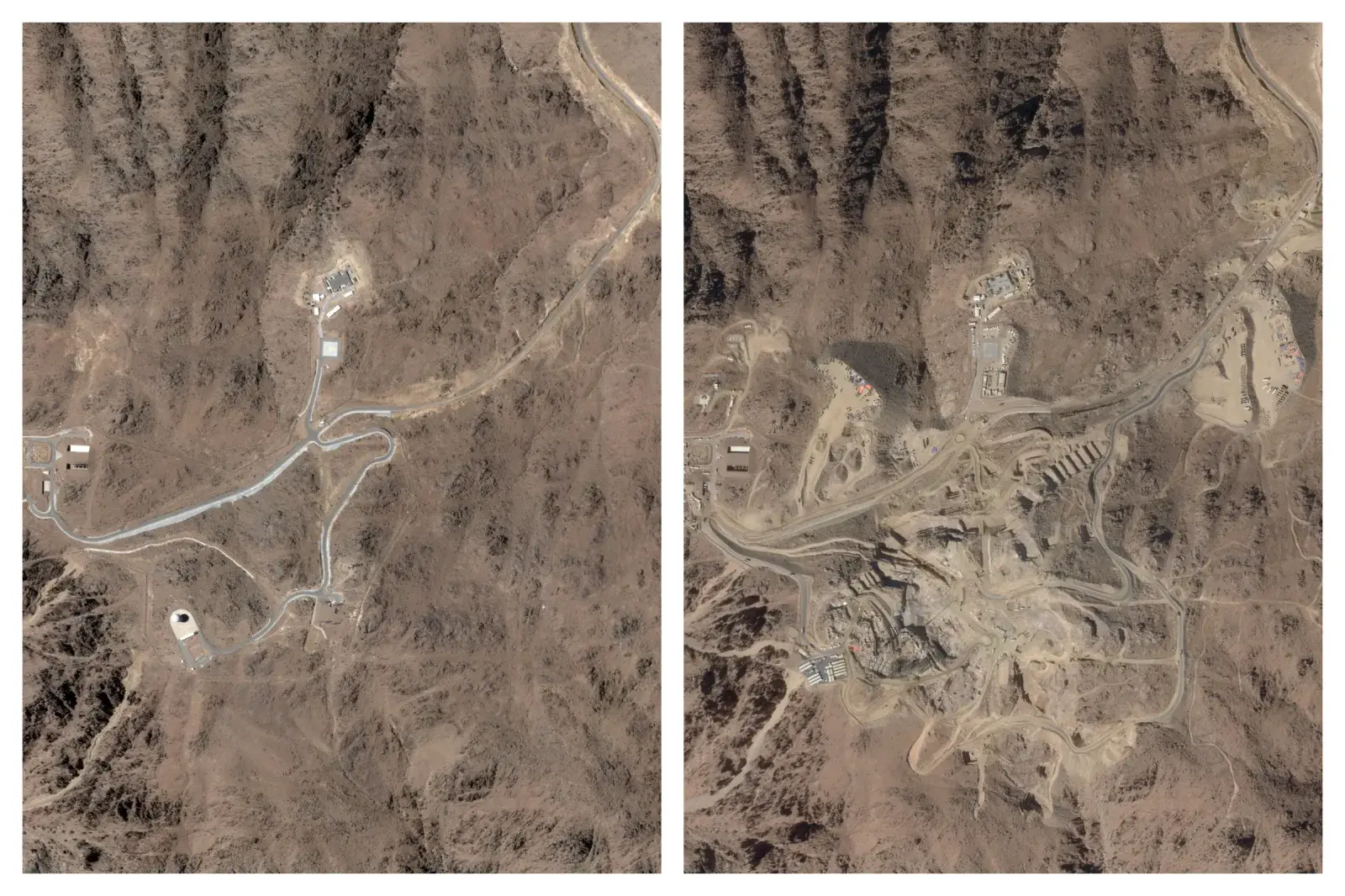
The Line at Neom faces feasibility reassessment while construction continues

The Line at Neom faces feasibility reassessment while construction continues

King Salman Gate unveiled adjacent to Mecca’s Grand Mosque

